Exploring the Jewish Quarter in Marrakech, Morocco
Exploring the Jewish Quarter in Marrakech, Morocco
Marrakech, one of Morocco’s most vibrant and historically rich cities, is renowned for its bustling souks, stunning palaces, and intricate gardens. Yet, among the labyrinthine streets and market stalls, another layer of the city’s past awaits discovery: the Jewish Quarter, or Mellah, and the historic Jewish Cemetery.
Though often overshadowed by the more famous attractions of the medina, these sites offer a unique insight into the multicultural heritage of Marrakech, highlighting the centuries-old Jewish presence in the city.
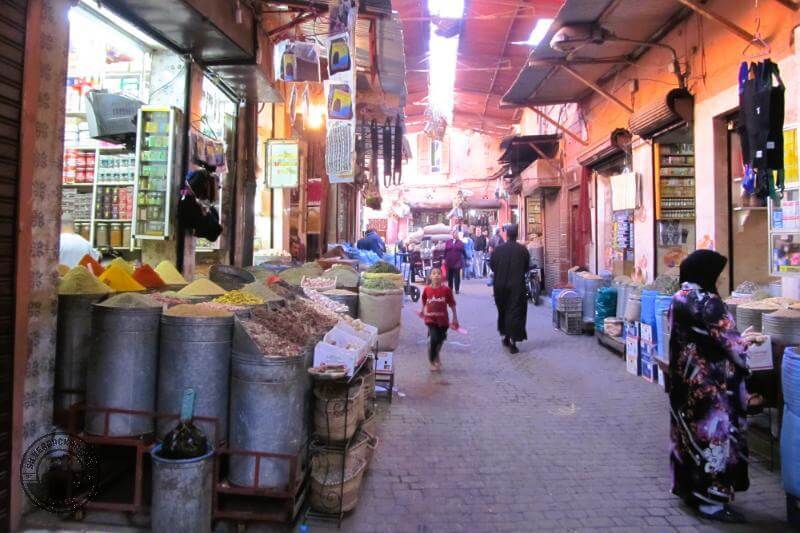
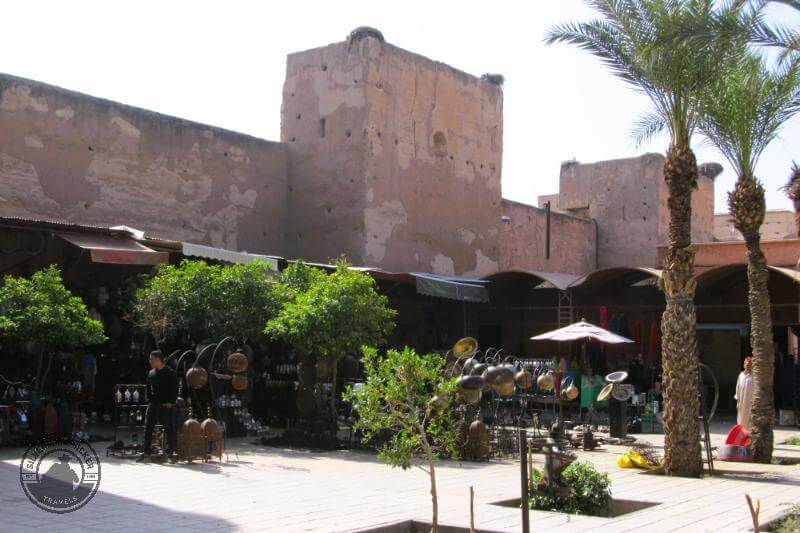
The Jewish Quarter: A Historical Overview
The Mellah of Marrakech was established in the 16th century under the reign of the Saadian dynasty. The word Mellah translates to “salt”, referencing the salt trade that was once vital to the region’s economy. However, it also became synonymous with the Jewish quarter, a designated area where Jews were historically required to live in the city.
This practice of segregating Jewish communities, common across Morocco and other parts of the Maghreb, created distinctive neighbourhoods that blended Jewish culture with the larger Moroccan society.
Located close to the Royal Palace, the Mellah is a maze of narrow streets, whitewashed buildings, and bustling markets. The quarter was once a thriving hub for Jews in Marrakech, and even though the community is much smaller today, it still carries a unique charm. Many of the original buildings in the Mellah have been repurposed over time, but there are still traces of its Jewish past scattered throughout the area. The architecture is a blend of traditional Moroccan styles with Jewish influences, particularly in the design of the homes, shops, and synagogues.
Walking through the Mellah today, visitors can still spot some of the original Jewish merchants and traders who have continued their family businesses for generations. There are also small artisan workshops and shops selling everything from traditional Moroccan textiles to silver jewellery, making the area a popular stop for those seeking souvenirs with a historical twist.
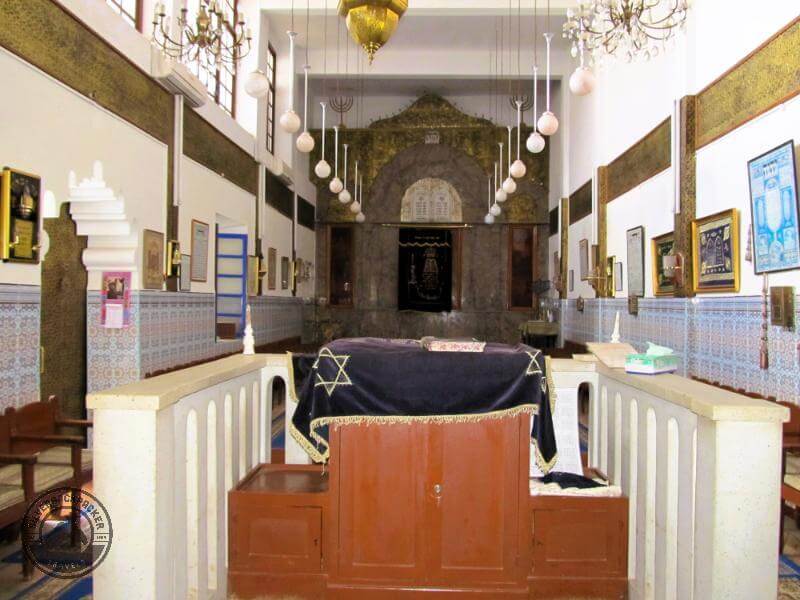
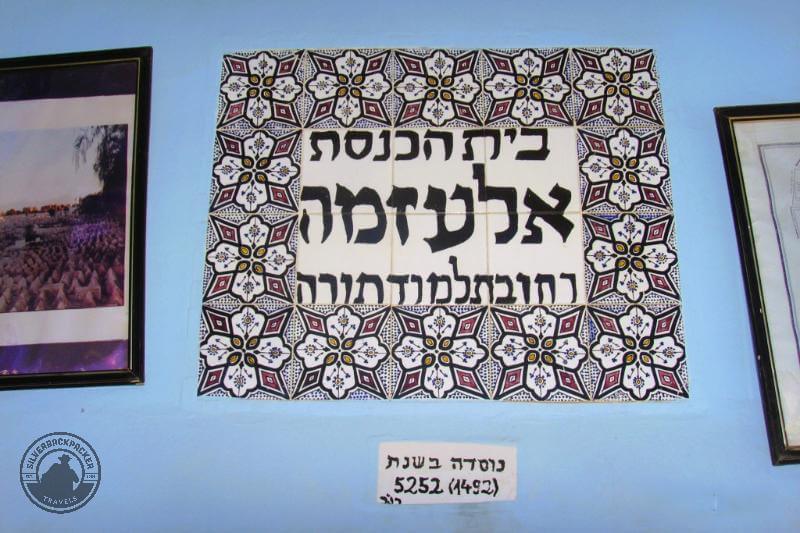
The Synagogues of Marrakech
One of the most significant Jewish landmarks in the Mellah is the Slat al-Azama Synagogue. This historical site is one of the few remaining synagogues in the city and a testament to the once-thriving Jewish community in Marrakech. Dating back to the 16th century, it’s one of the oldest synagogues in Morocco and remains a place of worship for the small Jewish population of the city, as well as a point of interest for visitors interested in Jewish heritage.
The synagogue is modest in size, with simple yet elegant architecture that reflects the local Moroccan style, combining vibrant tile work, carved wood, and ornate brass chandeliers.
Another important site in the Mellah is the Ben Youssef Madrasa, a religious school that, though not specifically Jewish, also reflects the intermingling of different cultural and religious traditions within the city. Though the Madrasa itself is a historical site tied to Islamic scholarship, its proximity to the Jewish quarter and the coexistence of different faiths in the area gives it an added layer of historical significance.
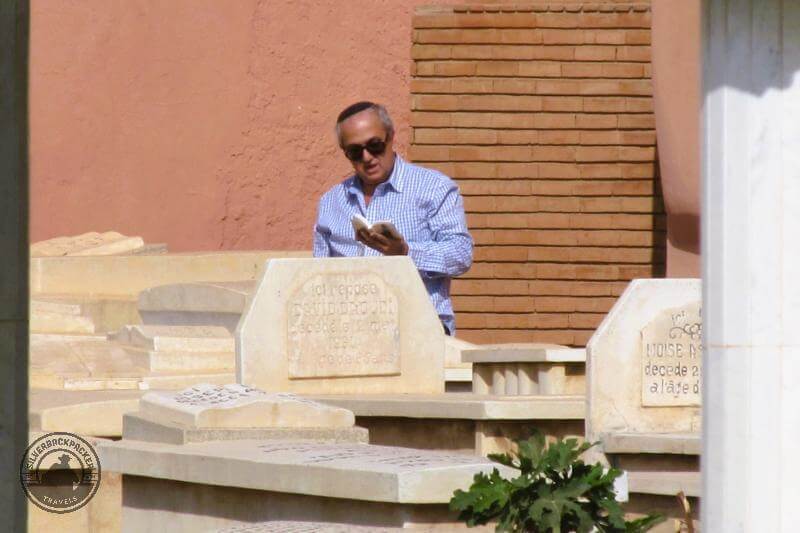
The Jewish Cemetery: A Sacred Resting Place
A short distance from the Mellah lies the historic Jewish Cemetery of Marrakech, a fascinating site that offers a glimpse into the city’s Jewish past. The cemetery is a place of great reverence and beauty, with rows upon rows of white stone tombstones, many of which are inscribed in both Hebrew and Arabic. Established in the 16th century, the cemetery remains an important burial ground for the Jewish community of Marrakech.
One of the most striking features of the cemetery is the distinctive design of the gravestones. The tombstones are typically simple, with a rounded top, and are often decorated with symbols and inscriptions that represent the individual’s life and heritage. In some cases, the gravestones include Kabbalistic symbols, prayers, or blessings that provide a glimpse into the religious and spiritual life of the deceased.
The cemetery is still in use today, though the Jewish population in Marrakech is now very small, with most of the city’s Jewish community having emigrated over the years. The cemetery remains a significant place of pilgrimage for Jews from around the world, many of whom come to pay respects to ancestors or to visit the graves of famous Jewish figures, such as Rabbi Chaim Pinto, a respected rabbi who was known for his wisdom and piety.
Visitors to the cemetery often note the sense of peace and quiet that pervades the site, providing a stark contrast to the noise and chaos of the medina. The cemetery is a poignant reminder of the once vibrant Jewish community that called Marrakech home. It also offers insight into the broader history of Jewish life in Morocco, which dates back to the time of the Phoenicians and has been shaped by centuries of coexistence with other religious and cultural groups.
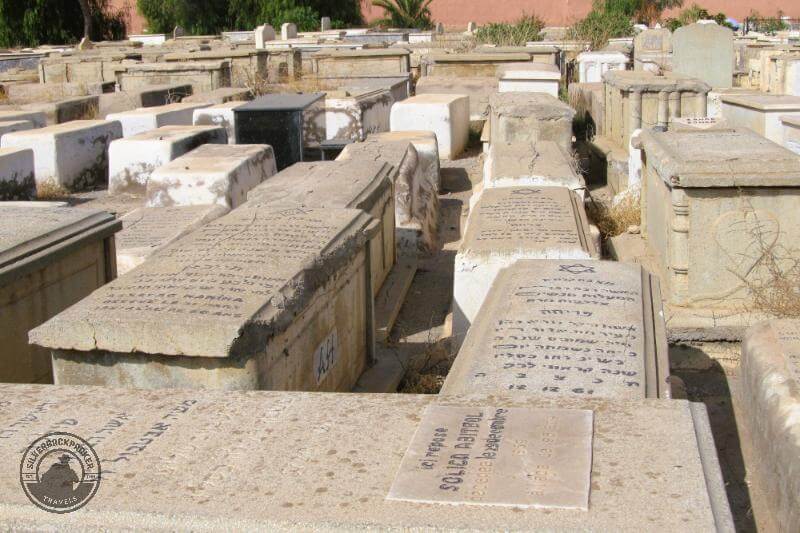
Preserving a Multicultural Legacy
The Jewish Quarter and Cemetery of Marrakech are not just historical landmarks but also symbols of Morocco’s long history of religious tolerance and coexistence. Throughout the centuries, Jews, Muslims, and Christians have lived side by side in many parts of Morocco, with Marrakech being one of the most notable examples of this peaceful coexistence. The Jewish community in Morocco has played a significant role in shaping the country’s culture, economy, and religious landscape.
In recent years, there has been a growing effort to preserve and protect these Jewish heritage sites in Morocco. While the Jewish population in Marrakech is no longer as prominent as it once was, there has been increasing interest from both locals and tourists in learning about the city’s Jewish history. Efforts are being made to restore synagogues, cemeteries, and other sites, ensuring that this important aspect of Marrakech’s history is not forgotten.
The preservation of the Mellah and Jewish Cemetery is part of a broader movement to safeguard the diverse cultural and religious heritage of Morocco. These sites not only tell the story of the Jewish community but also serve as a reminder of the country’s pluralistic past and its ongoing commitment to maintaining a rich cultural mosaic.
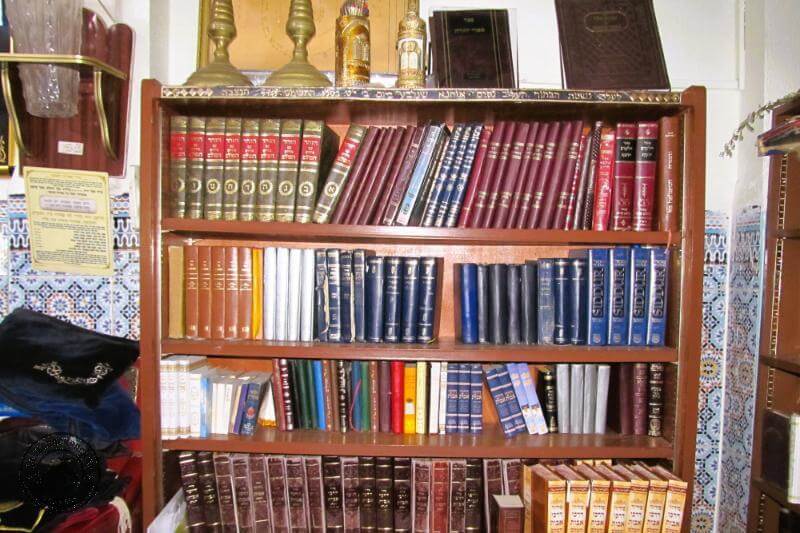
A Rich Tapestry of History
Exploring the Jewish Quarter and Cemetery in Marrakech provides an enriching experience that goes beyond the typical tourist attractions. It offers a glimpse into the city’s multifaceted history, where Jewish, Muslim, and other cultural influences have woven together to create a unique urban fabric. Whether you’re wandering through the quiet alleys of the Mellah or reflecting at the graves in the cemetery, these sites leave a lasting impression of Morocco’s deep and abiding commitment to cultural diversity.
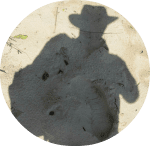
Essential Travel Guides
Exploring the Jewish Quarter in
Marrakech, Morocco
Check Out These Related Posts
Marrakech: A Trip through Your Senses
If you enjoyed reading “Exploring the Jewish Quarter in Marrakech, Morocco ” then please share this page with your friends.
Leave a comment below to let me know what you liked best.
Follow Silverbackpacker on Facebook, Instagram ,Bluesky and Pinterest for more travel adventures and be notified about my latest posts and updates!
Thankyou for sharing 🙂
Please Note – All blog post photos on Silverbackbacker.com are of a lower quality to enable faster loading and save you data. If you would like to buy or license higher quality copies of any of the photographs you can email us at silverbackpackertravels@gmail.com
All photographs and content on this website remain the property of Silverbackpacker.com. Images may not be downloaded, copied, reproduced or used in any way without prior written consent.
Print purchases entitle the purchaser to the ownership of the image but not to the copyrights of the image which still remain with Silverbackpacker.com even after purchase.
Follow Silverbackpacker for more of his Travels
Facebook @silverbackpacker | Instagram @silverbackpacker
Twitter @silverbackpaker | Pinterest @silverbackpaker
Audere Est Facere – Silverbackpacker.com – To Dare is To Do
Affiliate Disclaimer: Links on this website may be affiliate links that could result in us receiving compensation when you purchase a product or service from that link. You do not pay any extra fees for these items. This helps us to keep this website going. Thank you for your support.
Disclaimer | Privacy Policy | Cookie Statement © All Rights Reserved

